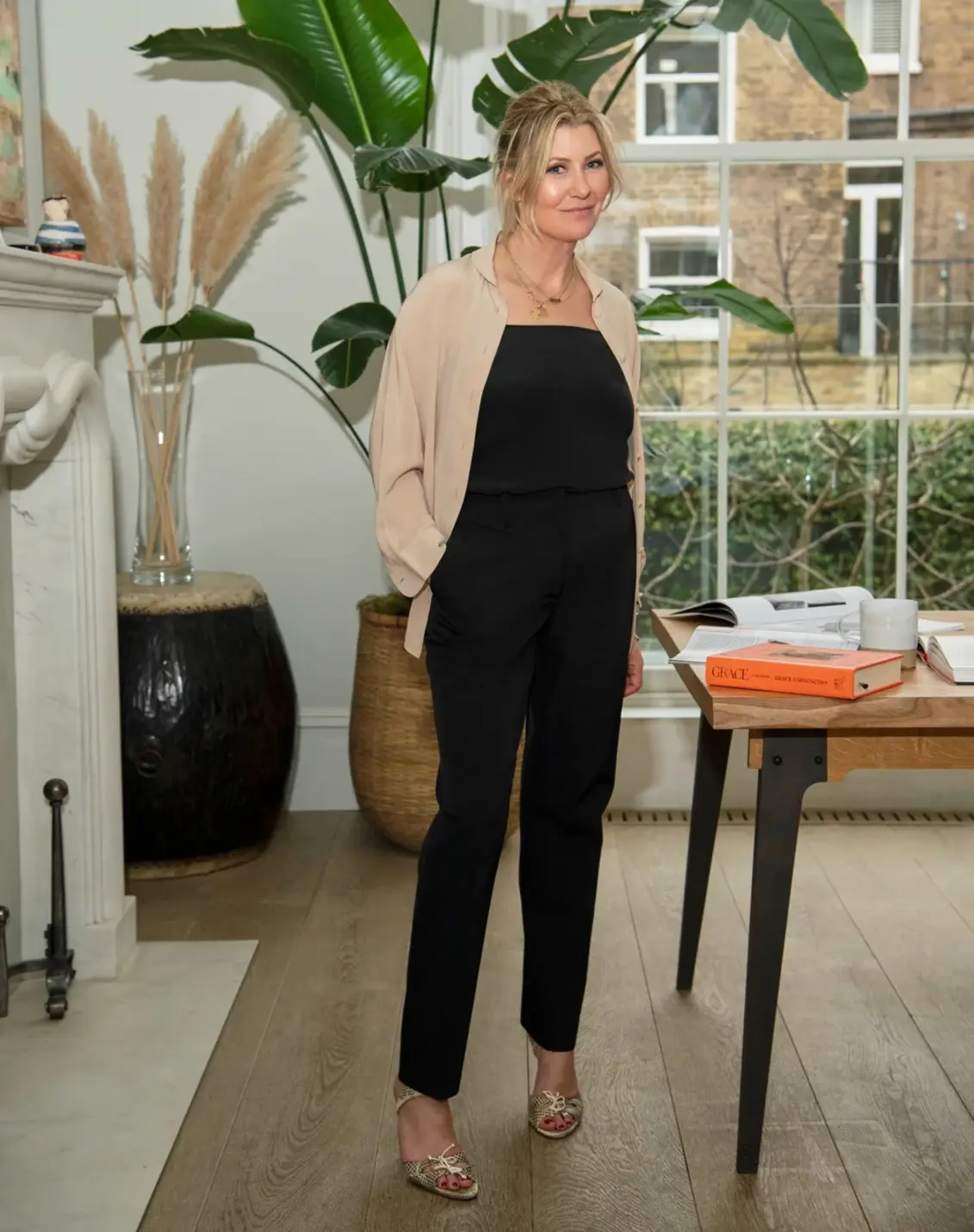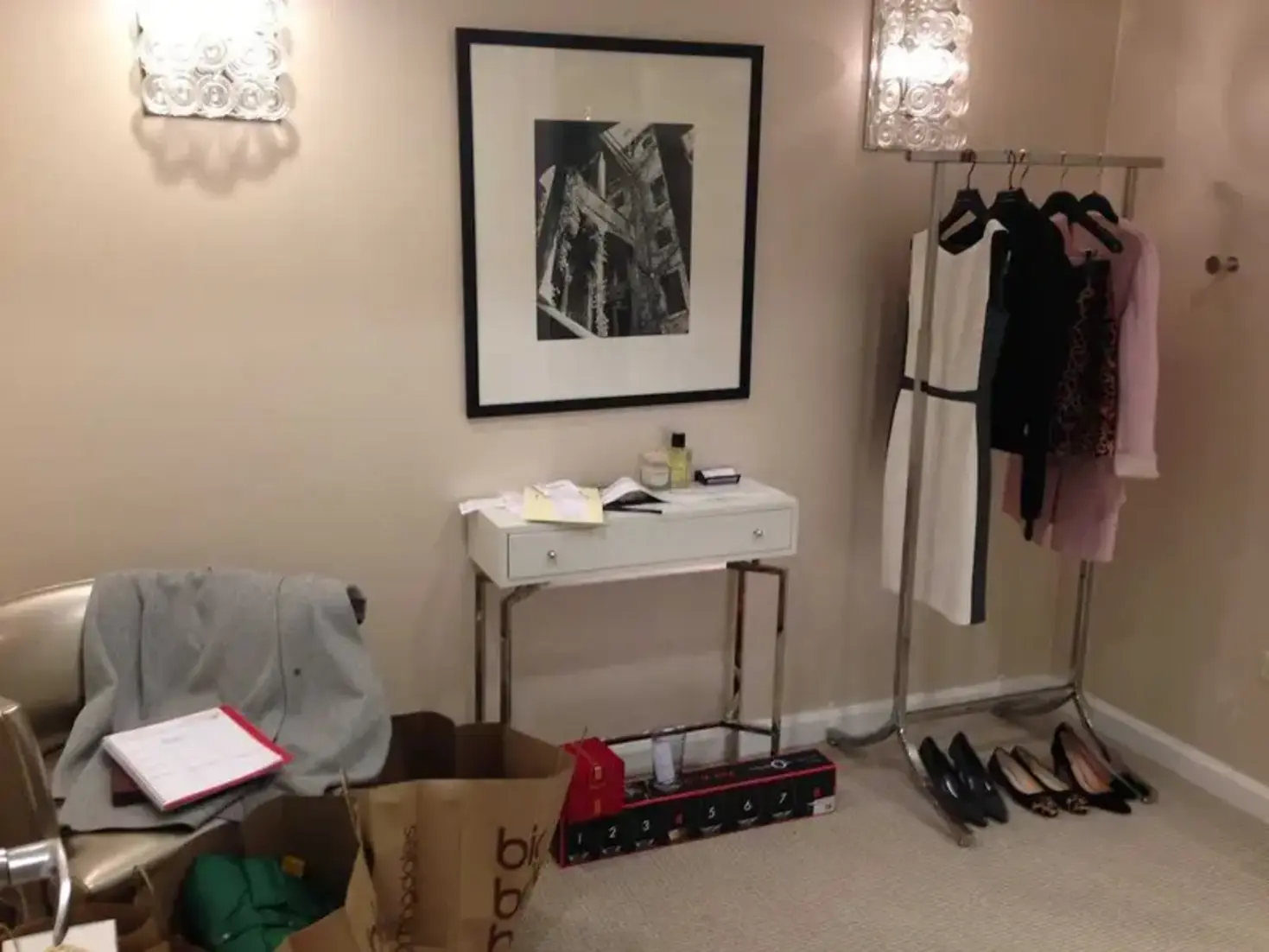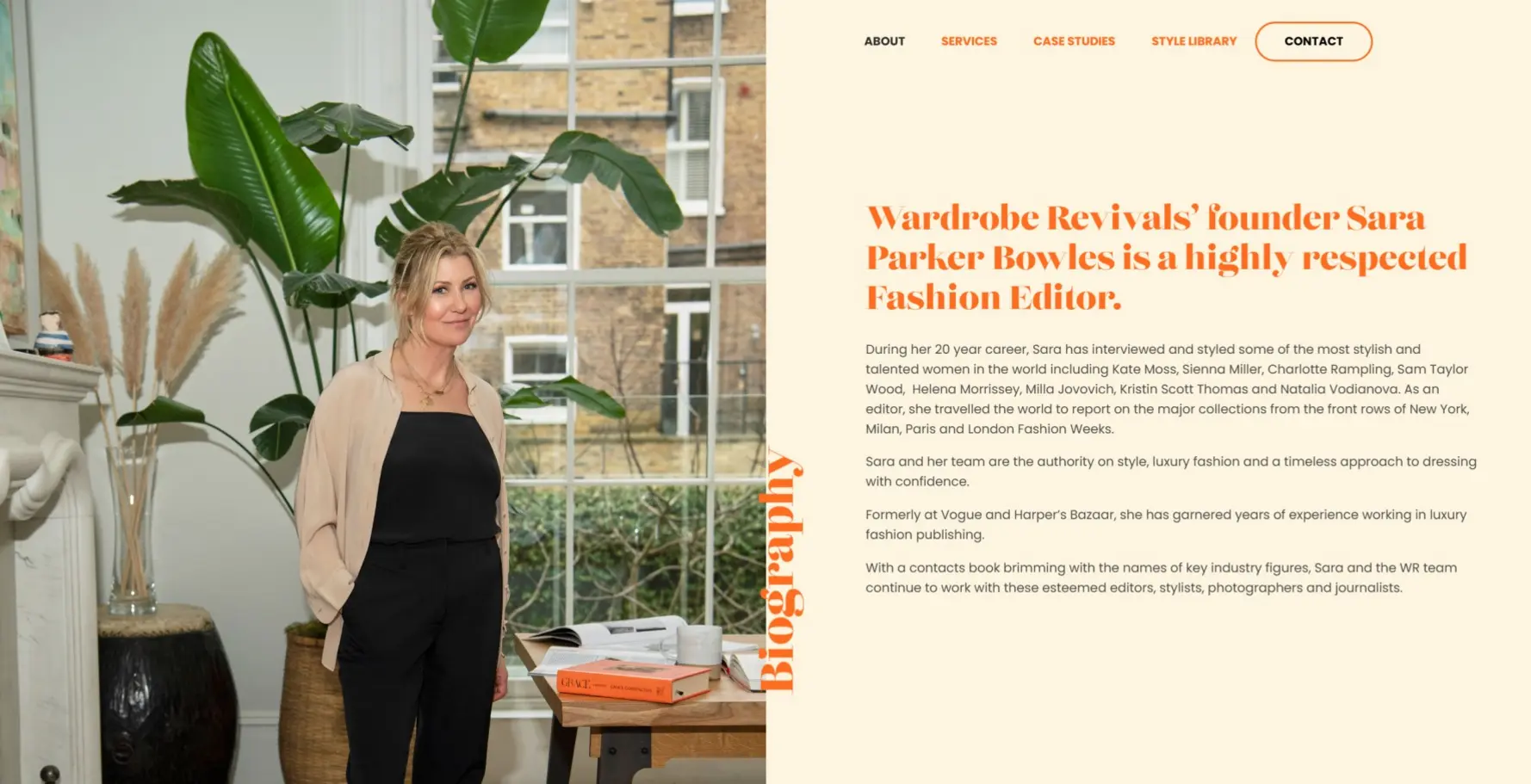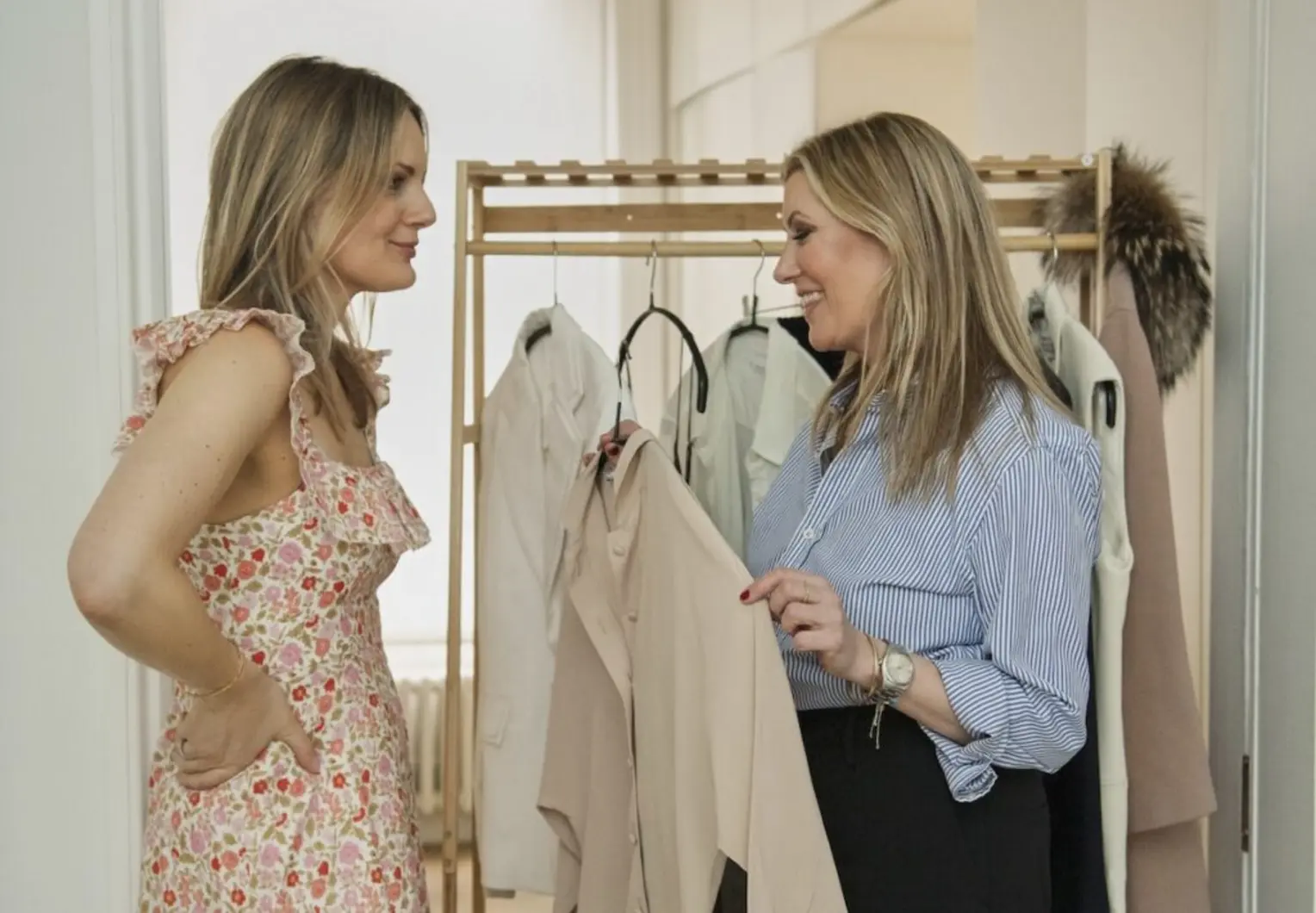For as long as there have been well-dressed women, there have been those who guided them: the discreet figures who edit, advise, and assemble, leaving behind no trace but a seamless silhouette. Betty Halbreich at Bergdorf Goodman and Marian Goodman at Bloomingdale’s made the role of the personal shopper almost mythical part confidante, part curator, part translator of desire.

For as long as there have been well-dressed women, there have been those who guided them: the discreet figures who edit, advise, and assemble, leaving behind no trace but a seamless silhouette. Betty Halbreich at Bergdorf Goodman and Marian Goodman at Bloomingdale’s made the role of the personal shopper almost mythical part confidante, part curator, part translator of desire.
October 1, 2025
For as long as there have been well-dressed women, there have been those who guided them: the discreet figures who edit, advise, and assemble, leaving behind no trace but a seamless silhouette. Betty Halbreich at Bergdorf Goodman and Marian Goodman at Bloomingdale’s made the role of the personal shopper almost mythical part confidante, part curator, part translator of desire.
Halbreich herself has styled New York society for over 50 years at Bergdorf Goodman, cementing her reputation as the world’s most famous personal shopper. Their legacy was built on acquisition: the pursuit of the perfect gown, the latest suit, the wardrobe that signaled arrival.
Sara Parker Bowles, however, is reframing the job entirely. Her focus is not on the endless new, but on the overlooked familiar: the clothes already hanging in a client’s closet.
It is an irony of fashion that the better the stylist, the less you notice them. What you notice instead is the woman - her presence, her ease, the way she occupies a room. Yet behind many of those moments of quiet perfection stands an interpreter. They are not merely shopping companions, but cultural translators.
Halbreich, who styled Hollywood and Manhattan society for decades, described her work as an act of psychology. Marian Goodman called it a “gift of time.” Both understood that fashion is not about clothes, but about identity. That insight has not changed, though the culture around it has.


Olivier Assayas’ 2016 film Personal Shopper dramatized the profession as one of haunting invisibility: Kristen Stewart drifting between racks of couture, tethered to other people’s glamour while hollow inside. But the reality, at least in the hands of Parker Bowles, looks very different. Hers is not a narrative of absence, but of rediscovery.
The shift began not with a couture fitting, but with a closet cleanout. Helping a friend sift through piles of unworn clothing, Parker Bowles realized the real issue was not scarcity but disconnection. Women were drowning in garments yet starved of clarity.
From that moment, Wardrobe Revivals was born. Launched in 2023, the project turns personal shopping into a kind of practical therapy, one part fashion, one part psychology. The process is deliberate:
The audit: each garment examined not against trends, but against the body and the life it inhabits.
The education: clients learn proportions and pairings the way stylists do, discovering why a long-dismissed dress suddenly feels right.
The reconstruction: wardrobes are reassembled as capsules, proof that a blazer or a skirt can yield a week’s worth of possibility.



Her uniform - vintage Levi’s, a half-tucked button-down, a blazer if the mood strikes - underscores the point. Clothes should work for the wearer, not the other way around.
This may sound like common sense, but in the context of fashion circa 2025, it is quietly radical. Consumption is built into the system: “new season, new look” is the mantra on which an entire industry spins. Yet Parker Bowles argues the most powerful act of style today may be not to buy at all.
She does not preach minimalism. Nor does she shame Zara hauls. Instead, she asks clients to look again. A neglected slip dress layered under a blazer becomes an evening statement. A trouser hem raised just an inch shifts from dull to directional.

This is not about austerity. It is about agency. And in an age where algorithms push us toward micro-trends designed to expire, there is a certain liberation in making the old feel new again.
Perhaps the greatest myth Parker Bowles dismantles is that luxury comes from acquisition. True luxury, she suggests, lies in recognition - recognizing what you already have, and recognizing yourself in the mirror it creates.
It is, in a way, a return to fashion’s most basic promise: not to disguise, not to impress, but to reveal. When Parker Bowles tucks a shirt just off-center, or lets a lip of red do the talking, she is not striving for perfection. She is signaling that style works best when it feels like second skin.
“Most people don’t need more clothes,” she says. “They just need to see what’s already there.”
In that sentence is a quiet manifesto. Fashion, after all, is not about the next purchase. It is about presence - showing up in your own clothes, and in your own life.